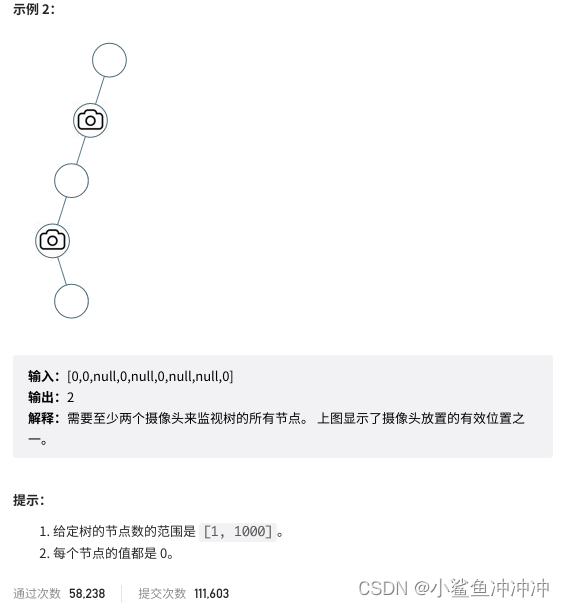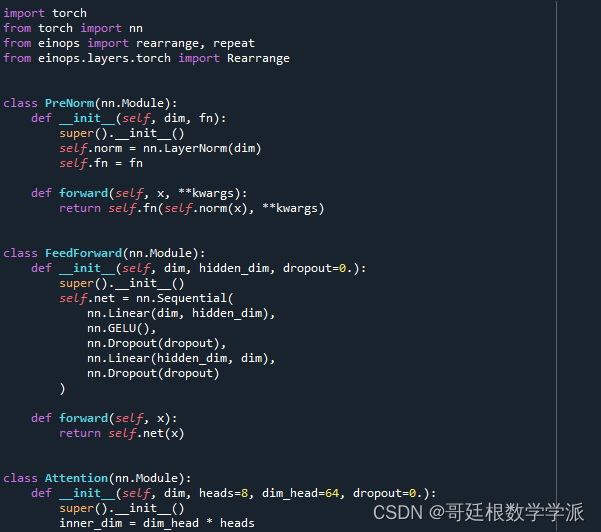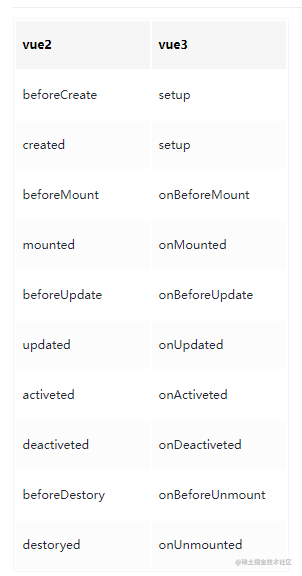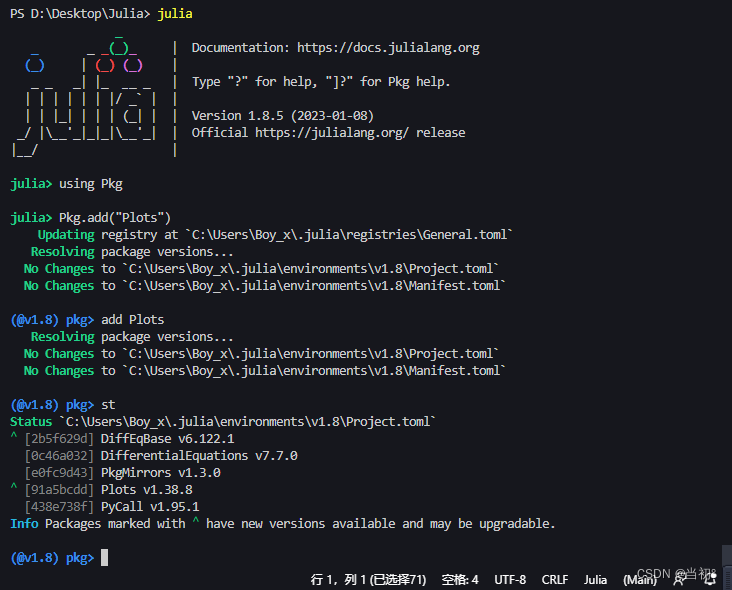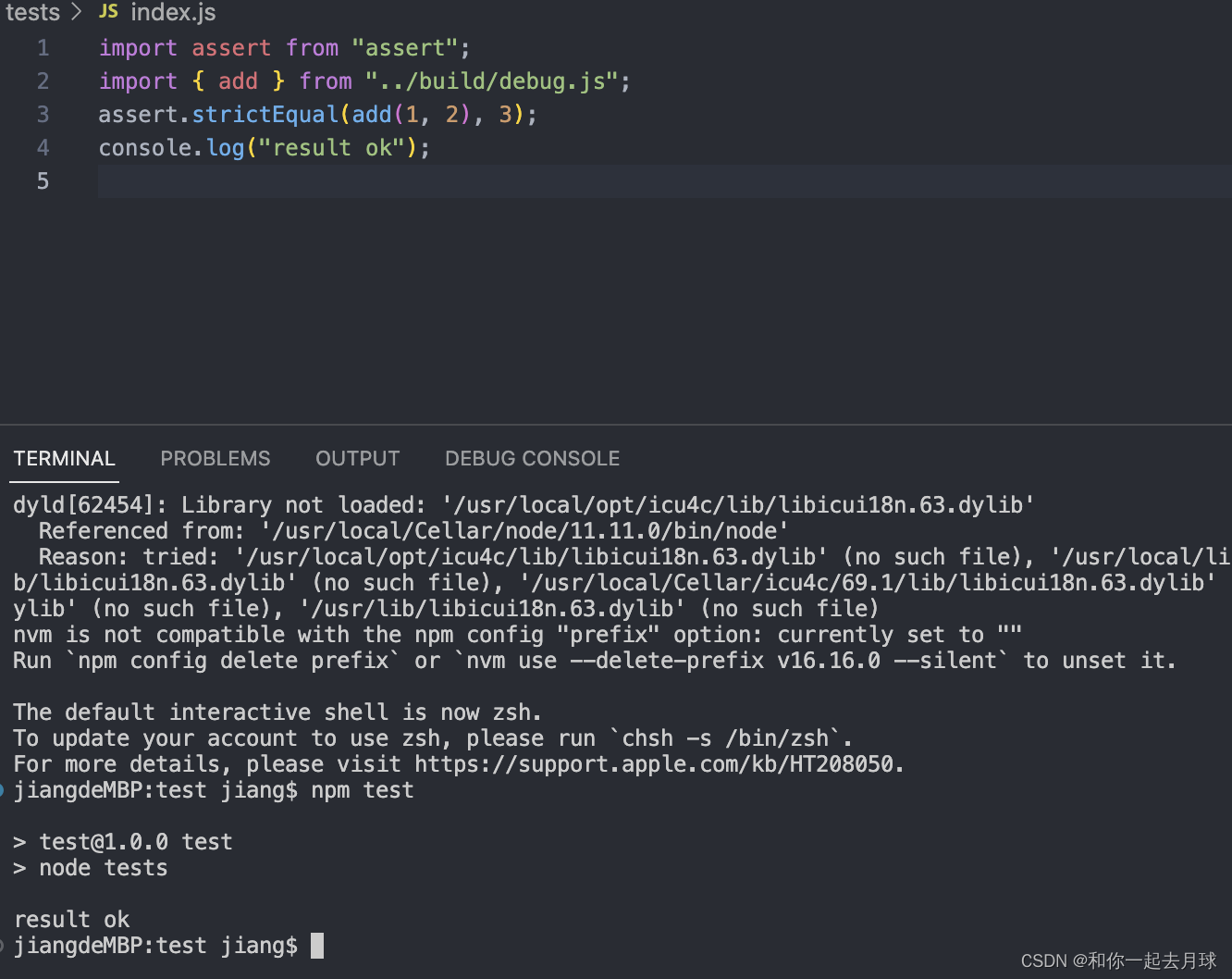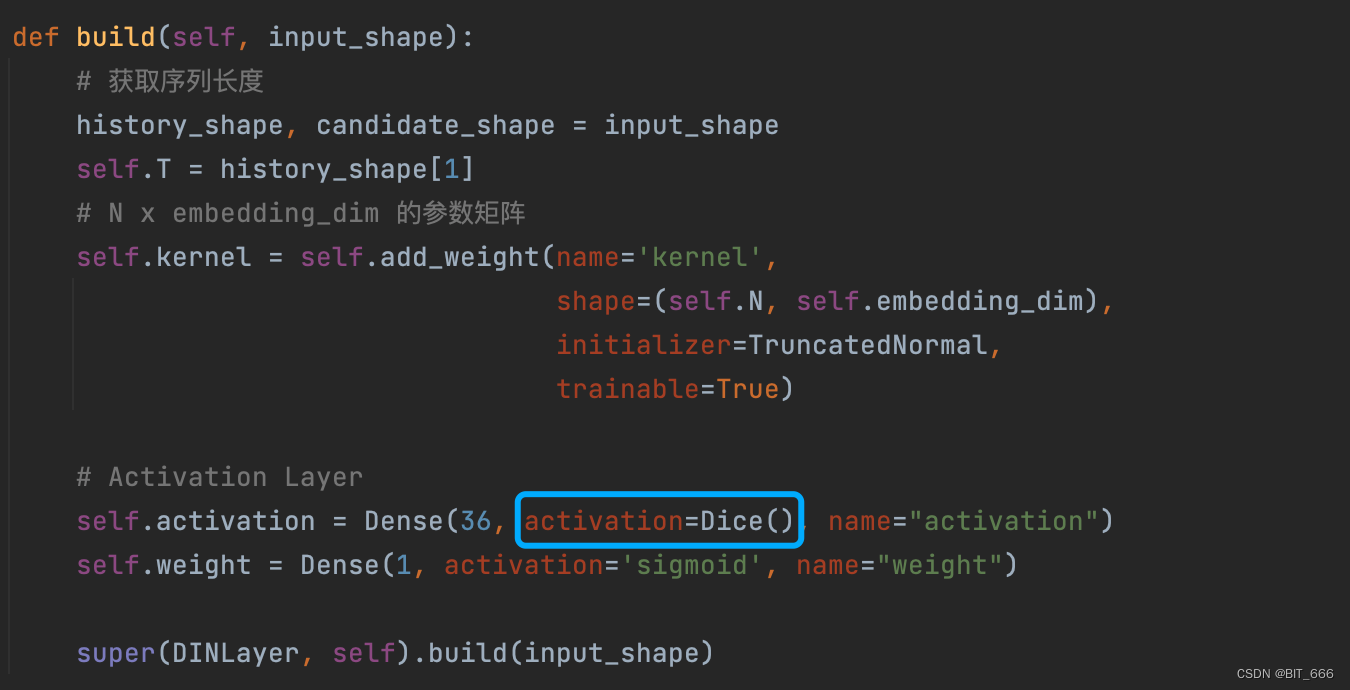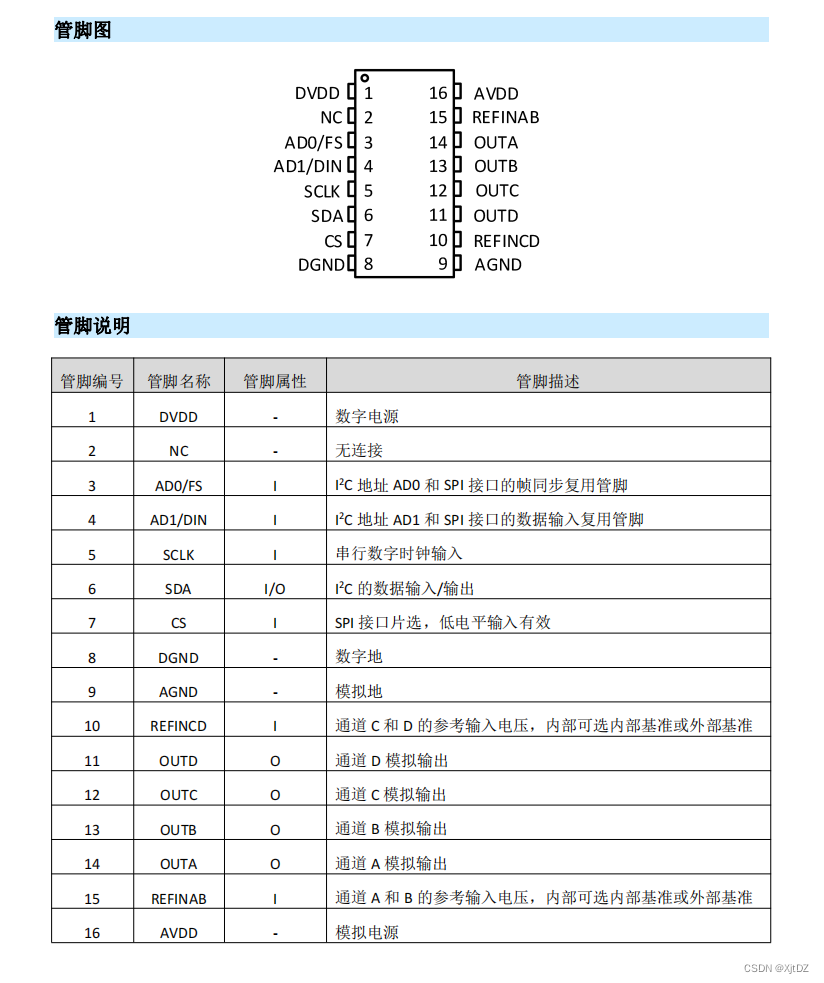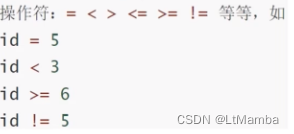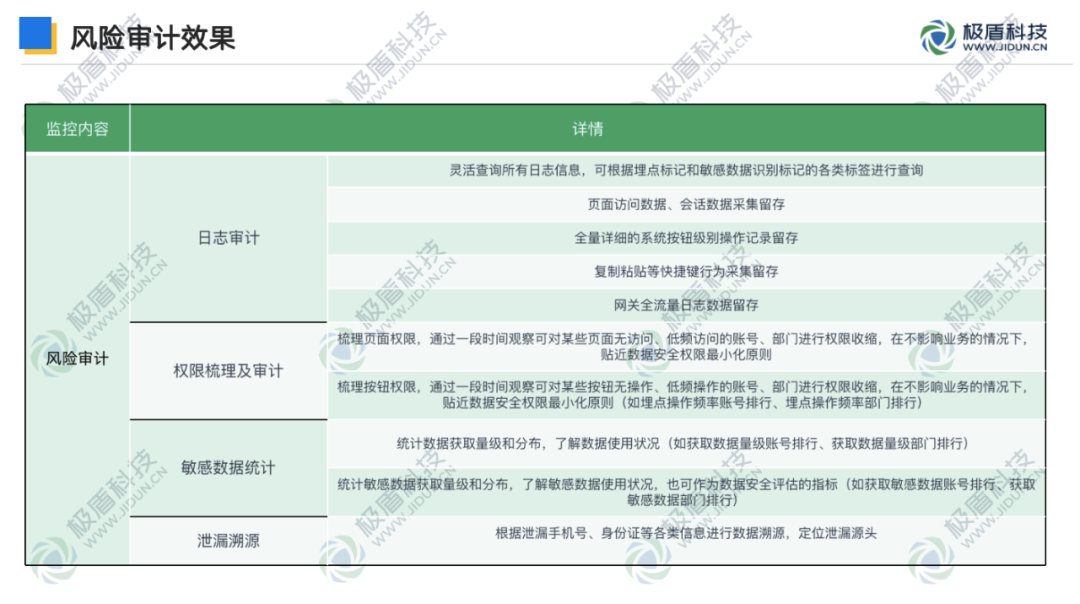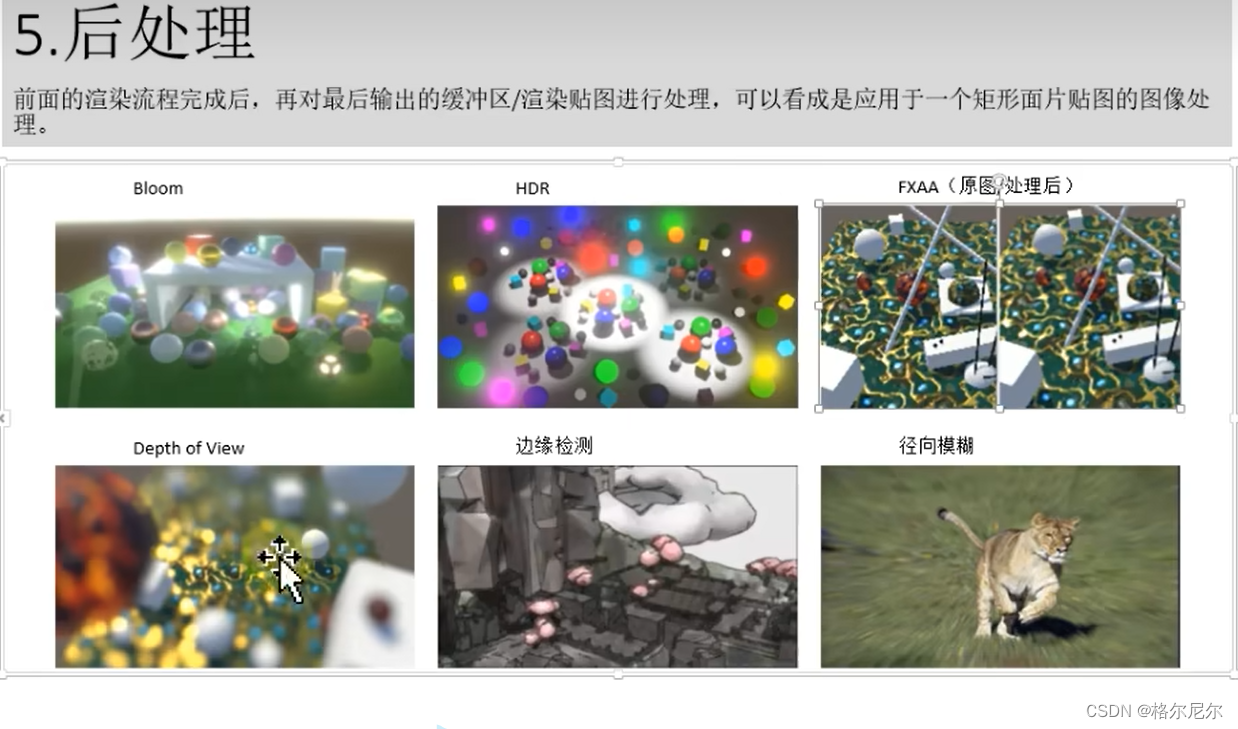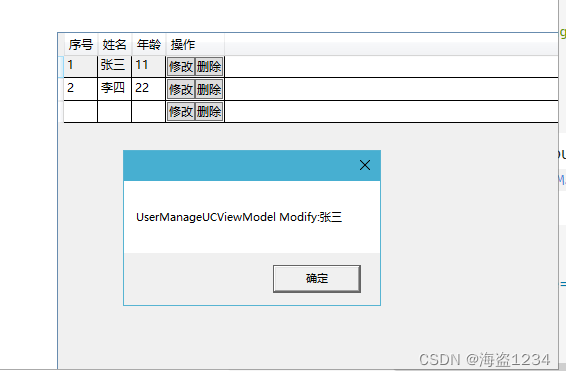基本概念
1.静态联编(早联编):在程序被编译时进行联编。程序执行快,但灵活性较小。
2.动态联编(晚联编,滞后联编):编译时无法确定要调用的函数,在程序运行时联编。灵活性高,程序执行慢。
动态联编实际上是进行动态识别,是C++实现运行时多态性的关键因素。
编译时的多态:
1.函数重载
2.运算符重载
3.模板运行时的多态:
借助虚函数实现
3.联编(binding)
一个源程序需要经过编译、连接,才能成为可执行代码。上述过程中需要将一个函数调用链接上相应的函数代码,这一过程称为联编。
父类中未使用虚函数-->静态联编
#include<iostream>
using namespace std;
class father{
public:
void print() {cout<<"father成员函数调用"<<endl;}
};
class son1:public father{
public:
void print() {cout<<"son1成员函数调用"<<endl;}
};
class son2:public father{
public:
void print() {cout<<"son2成员函数调用"<<endl;}
};
int main()
{
father *p;
son1 a1;
son2 a2;
p = &a1;
p->print();
p = &a2;
p->print();
}
分析:操作中用父类指针分别指向了两个不同的子类,但调用同名函数时同为父类中的print,不符合我们要实现的目标
父类中使用虚函数-->动态联编
父类函数中加上了virtual关键字
#include<iostream>
using namespace std;
class father{
public:
void virtual print() {cout<<"father成员函数调用"<<endl;}
};
class son1:public father{
public:
void print() {cout<<"son1成员函数调用"<<endl;}
};
class son2:public father{
public:
void print() {cout<<"son2成员函数调用"<<endl;}
};
int main()
{
father *p;
son1 a1;
son2 a2;
p = &a1;
p->print();
p = &a2;
p->print();
}
父类和子类或子类和子类之间有同名函数时,根据对象的不同类型去调用不同类的虚拟函数。以指针p所指的对象来确定执行虚函数print()的哪个版本。
尽管可以用对象名和点算符的方式调用虚函数,即向对象发送消息:
son1.print( ) 或者 son2.print( )但是这时是静态联编方式。只有当访问虚函数是通过基类指针p时才可获得运行时的多态性。
